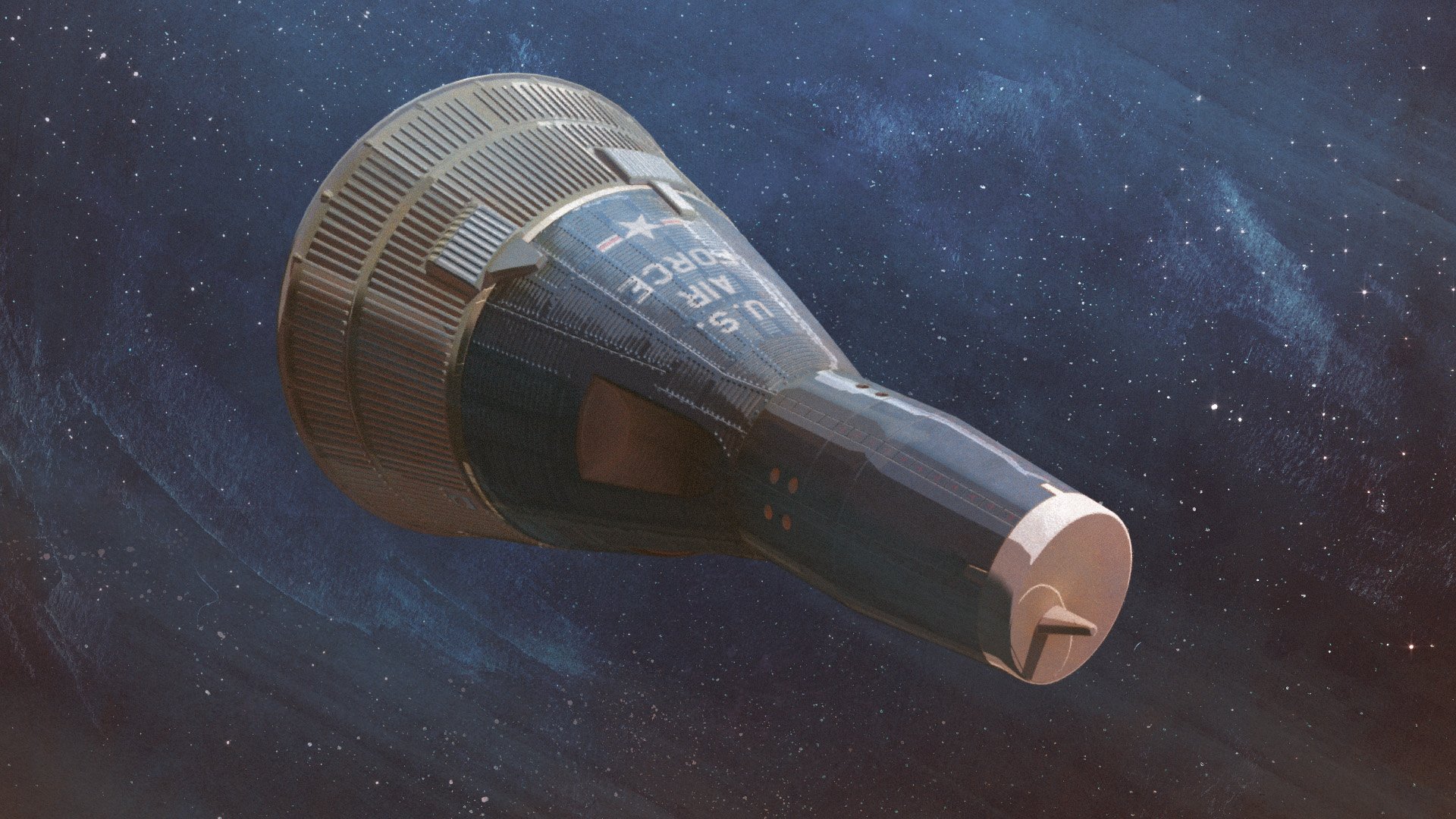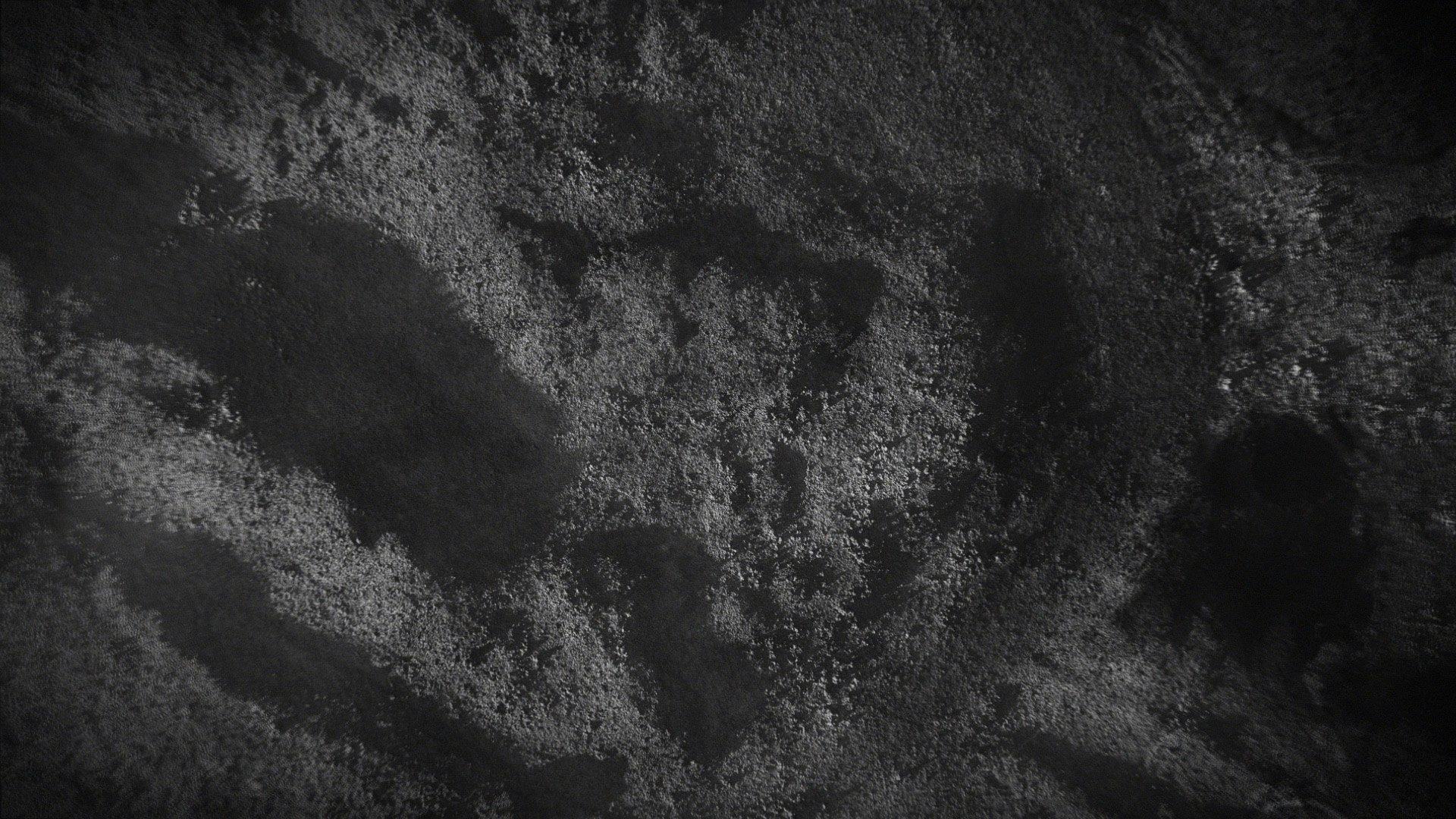NASA SCIENTIFIC VISUALIZATIONS
Animation is the perfect medium for stories on space.
Through scientific visualization, scientists can better pitch their missions and provide early concepts for how a spacecraft will conduct its science. While many payloads and spacecraft do include cameras, it’s not like we can capture the birth of a black hole or show how a planet’s magnetic field provides protection from the Sun.
Through animation, you can show how a Mars rover does science, how Voyager’s Golden Record geolocates where we are in the universe, and even explain major climate events on Earth dating back 12,000 years ago .
These examples show my time working as an artist for NASA Goddard Space Flight Center and doing science explainers for Smithsonian Channel and the National Air and Space Museum.





